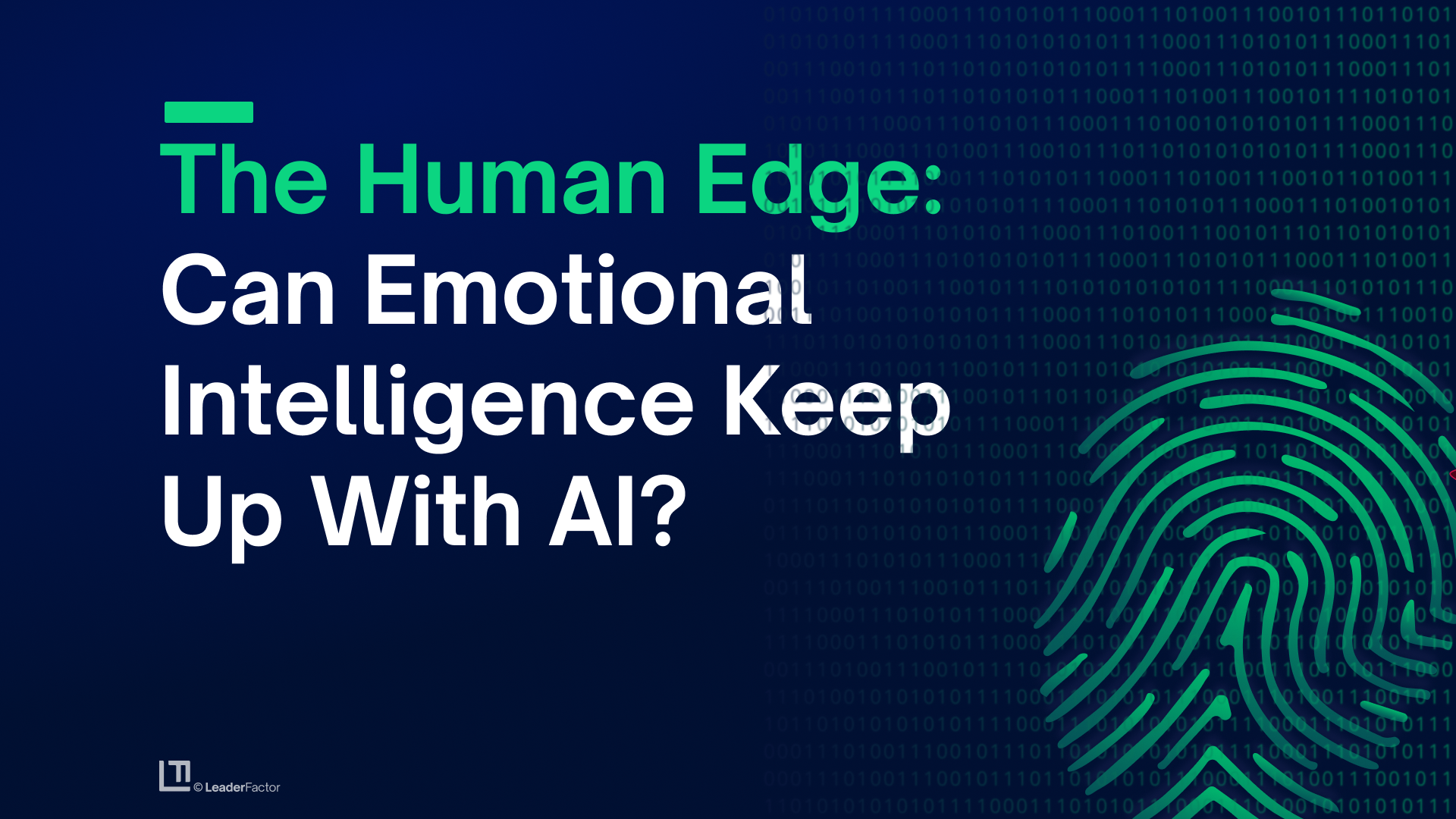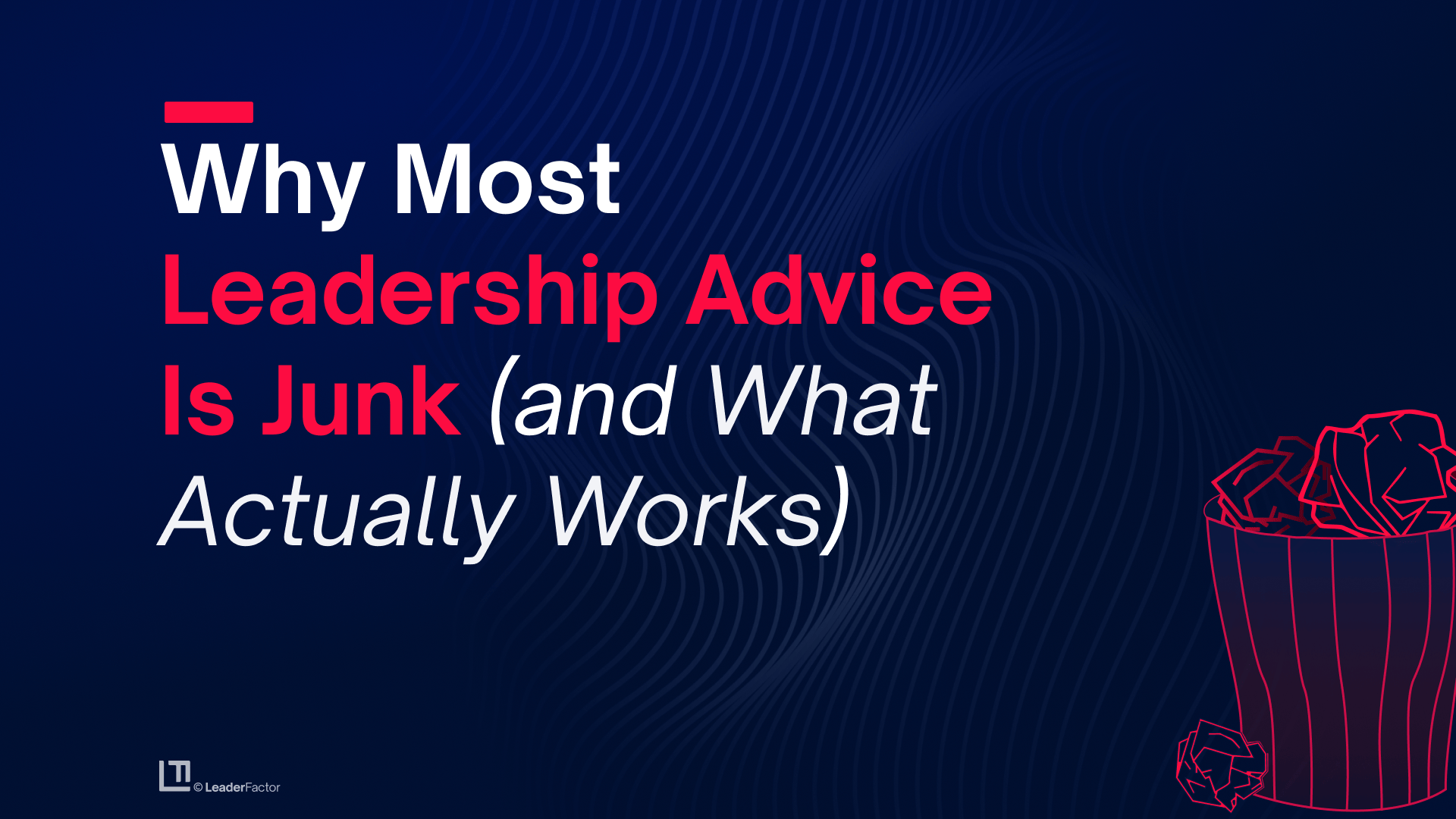Our website use cookies. By continuing navigating, we assume your permission to deploy cookies as detailed in our Privacy Policy.
March 21, 2022
Timothy R Clark invites Mark Polson to discuss design thinking and how to create a climate where creativity and innovation thrive. Mark is former VP of Creativity and Business Innovation at Estée Lauder, Principal and Founder of Polson & Associates and Professor for the MPS Cosmetics and Fragrance Marketing Management Program.

Timothy R Clark invites Mark Polson to discuss design thinking and how to create a climate where creativity and innovation thrive. Highlights from this episode include:
Creativity isn't something you have or don't have.
Creativity is a very human thing. We tend to think of creativity as being talent, but creativity is really something that falls along a continuum. Everyone falls somewhere along that continuum. One end of the continuum is people who like to work within a very high structured type of situation and on the other end you have those who are less likely to work within existing paradigms.
The climate leaders foster can draw out creativity or close it off.
Two-thirds of climate is driven by local leadership. Creativity requires a leader to draw-out the best in people because being creative takes courage. Creativity is a vulnerable act and creating a climate where others can have creative courage requires a leader foster high degrees of psychological safety.
Evaluate ideas through the three P's.
When a new idea is presented to you it's best to evaluate the idea through looking at the positives, potentials, and concerns. This way of framing feedback ensures that you validate ideas and reward the vulnerability of sharing those ideas. Even if you disagree with an idea everyone can walk away feeling very good about themselves and the discussion.
Creativity requires raw unfiltered ideas.
One of the things that organizations do is require ideas to be fully crystallized and evidence-based before being brought to the table. This process neutralizes the desire to put new ideas out there. If there is a truly new and raw idea then you can't measure it against anything else. Instead work with raw ideas to make the smallest actionable step and test it.
Design thinking is centered on human needs.
The whole idea of design thinking is it's really based upon this idea of considering the human, the technological and the strategic needs of the business or the entity. When you are designing something you are designing for a specific purpose and it may require research. In your initial research you are oftentimes uncovering unarticulated needs which leads to the opportunity to innovate into new space.
Innovation requires organizations to tolerate ambiguity.
A lot of what innovation comes down to is an organization's capacity to tolerate ambiguity or to tolerate uncertainty because there is a there is a certain level of comfort that you have to have with ambiguity in the creative process. There is a lot of learning from trying something and maybe failing at it.
About Mark Polson
Mark Polson is the Principal and Founder of Polson & Associates, a consultancy focused on Design Thinking and helping organizations build their capabilities in creativity and innovation in an increasingly competitive and complex world.
In August of 2021, Mark was appointed Associate Professor for the MPS Cosmetics and Fragrance Marketing and Management program in the School of Graduate Studies at the Fashion Institute of Technology in New York. Prior to his appointment, he had been an Adjunct Professor for fifteen years teaching the course, “Managing the Creative Process”. As a passionate advocate for lifelong learning, he has been recognized twice with Faculty Leadership Award voted on by the MPS students. In 2021 Mark was also the recipient of the Coty Award for Professional Excellence, given to distinguished alumni of the MPS Program.
Prior to establishing Polson & Associates, Mark was with The Estée Lauder Companies for over 28 years. As Vice President of Creativity & Business Innovation, he worked closely with business units across the organization to help teams develop a design-driven approach to solving strategic business issues, especially in the use of Design Thinking tools and methodologies. Over the course of his career working at ELC, he consulted with leadership teams in the UK, Europe, South Africa, and Asia Pacific.
Mark is a member of the Rutgers Business School Marketing Program Advisory Board. He also sits on the Boards of several philanthropies.


